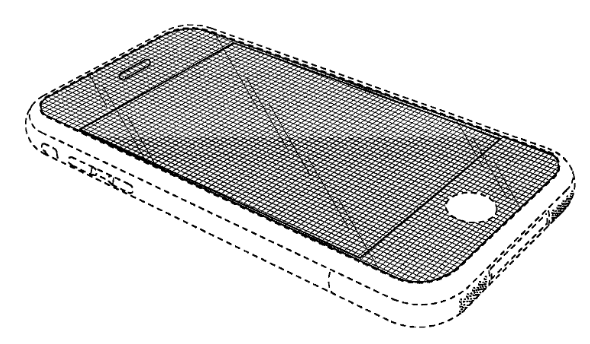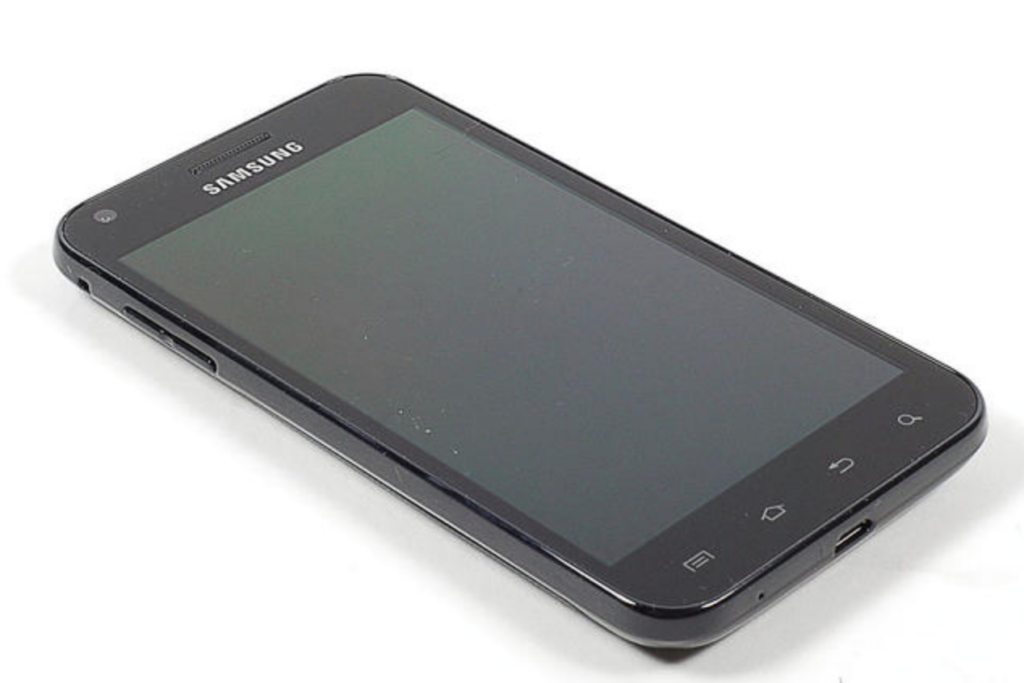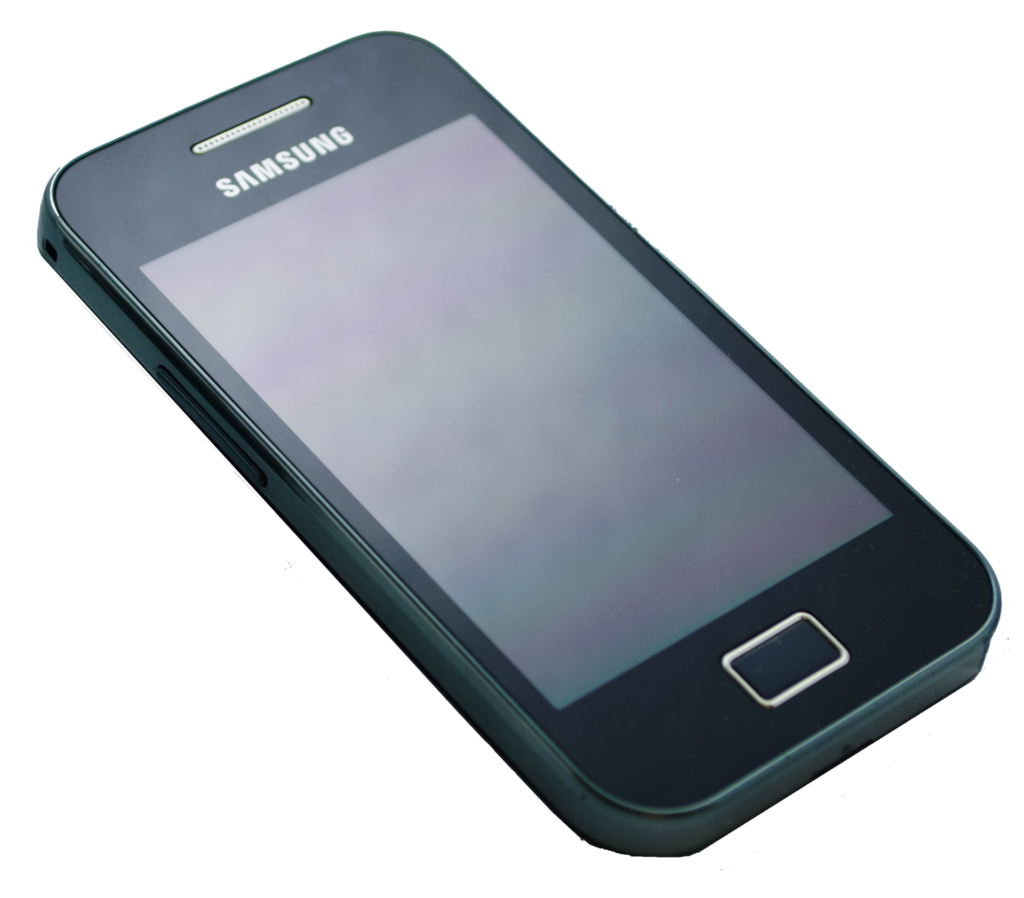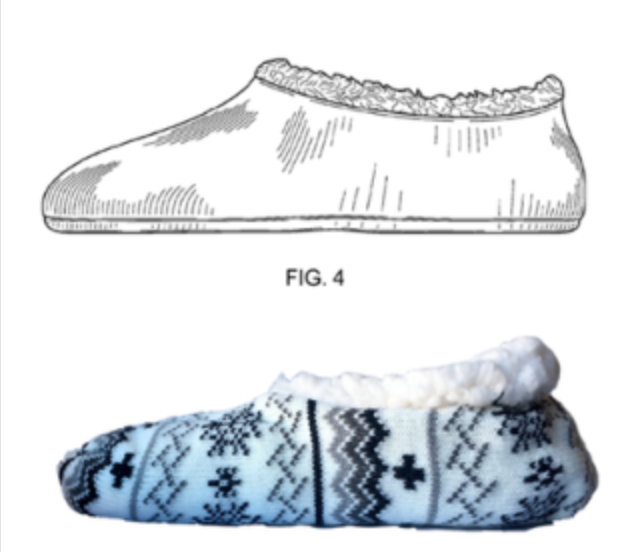A new bill, introduced by Sens. Coons, Tillis, Hirono, and Cassidy, would give Customs and Border Protection (CBP) officers the authority to seize goods at the border if they involve design patentAs distinct from a utility patent. A design patent protects only the ornamental design or appearance of an article of manufacture, but not its structural or functional features. An ‘article of manufacture’ is a broad term which may extend even to computer icons. Like utility patents, design patents must be nonobvious but this standard is harder to apply to designs. violations. Customs already has this authority for goods that violate copyrights or trademarks.
But design patents work differently. Trying to use the same form of enforcement for design patents is likely to lead to perfectly legal goods being excluded, increasing prices for American consumers and hurting American businesses.
Customs Enforcement for Copyright and Trademark
For copyright and trademark, the owner of a copyright or trademark that wishes to have it enforced at the border records it with CBP. CBP can then detain goods when a Customs officer has “reasonable suspicion” of infringement of a recorded mark or copyright.
The test for copyright infringement is, briefly summarized, substantial similarity between the allegedly infringing work and the copyrighted work. Similarly, for trademarks, the infringement test is whether the allegedly infringing good and the trademark are likely to be confused. It is at least plausible that a Customs officer, with the recorded mark or copyright in one hand and the good to be imported in the other, can assess whether a reasonable suspicion of infringement exists.
Design Patents Are Different
But that’s not the test for design patents. For design patentAs distinct from a utility patent. A design patent protects only the ornamental design or appearance of an article of manufacture, but not its structural or functional features. An ‘article of manufacture’ is a broad term which may extend even to computer icons. Like utility patents, design patents must be nonobvious but this standard is harder to apply to designs. infringement, you need to show not just that a design appears to be substantially similar to an ordinary observer, but that it is substantially similar in light of the prior artPrior art is the knowledge in the field of a patent that was publicly available before the patent was filed.. In other words, after showing that the patented design and the article aren’t plainly dissimilar, you also need to evaluate the similarities between the two in the context of what was already known and used in the field of design.
As one example, a Supreme Court design patent case addressed a design patentAs distinct from a utility patent. A design patent protects only the ornamental design or appearance of an article of manufacture, but not its structural or functional features. An ‘article of manufacture’ is a broad term which may extend even to computer icons. Like utility patents, design patents must be nonobvious but this standard is harder to apply to designs. on a saddle that had a particular cantle and a drop at the rear of the pommel. The allegedly infringing article had the cantle, but not the drop, and both saddles were broadly similar in shape otherwise. If you only looked for substantial similarity, the saddle might have infringed. But the prior artPrior art is the knowledge in the field of a patent that was publicly available before the patent was filed. also contained saddles with that cantle—in light of the prior artPrior art is the knowledge in the field of a patent that was publicly available before the patent was filed., the similarity was insufficient to find infringement.
When lawyers filing design patentAs distinct from a utility patent. A design patent protects only the ornamental design or appearance of an article of manufacture, but not its structural or functional features. An ‘article of manufacture’ is a broad term which may extend even to computer icons. Like utility patents, design patents must be nonobvious but this standard is harder to apply to designs. cases frequently fail to properly apply the design patentAs distinct from a utility patent. A design patent protects only the ornamental design or appearance of an article of manufacture, but not its structural or functional features. An ‘article of manufacture’ is a broad term which may extend even to computer icons. Like utility patents, design patents must be nonobvious but this standard is harder to apply to designs. infringement test, as amply documented by Prof. Sarah Burstein, it’s unreasonable to think a Customs officer will be able to do so.
Customs Isn’t Capable of Doing This
Even the most hard-working Customs agent, with lots of expertise in the complex U.S. customs system, isn’t going to have the time or knowledge to search for prior artPrior art is the knowledge in the field of a patent that was publicly available before the patent was filed. to design patents. That means that the prior artPrior art is the knowledge in the field of a patent that was publicly available before the patent was filed. simply won’t be there for them to properly apply the test for design patentAs distinct from a utility patent. A design patent protects only the ornamental design or appearance of an article of manufacture, but not its structural or functional features. An ‘article of manufacture’ is a broad term which may extend even to computer icons. Like utility patents, design patents must be nonobvious but this standard is harder to apply to designs. infringement, leading to a high likelihood of over-enforcement where legitimate goods are barred from entry.
That, in turn, will force legitimate businesses to spend money on legal fees and seizure penalties in order to obtain the release of their goods. That increases the prices consumers pay, increases the operating costs of Customs, and harms the ability of American businesses to participate in an increasingly global supply chain.
A Few Examples of How This Can Fail
Let’s think back just a couple years, to a case about rounded rectangles. That case was fought to the Supreme Court and back. But if this law had been in place, Apple could have simply gone to CBP and said “here’s our design patentAs distinct from a utility patent. A design patent protects only the ornamental design or appearance of an article of manufacture, but not its structural or functional features. An ‘article of manufacture’ is a broad term which may extend even to computer icons. Like utility patents, design patents must be nonobvious but this standard is harder to apply to designs., exclude anything that infringes it.”
As a reminder, here’s what a CBP officer would have referred to in that situation.

Let’s look at two Samsung phones. One infringes the design patentAs distinct from a utility patent. A design patent protects only the ornamental design or appearance of an article of manufacture, but not its structural or functional features. An ‘article of manufacture’ is a broad term which may extend even to computer icons. Like utility patents, design patents must be nonobvious but this standard is harder to apply to designs. above, one does not.


As we know from the Apple v. Samsung trial, the phone on the right infringes the design patentAs distinct from a utility patent. A design patent protects only the ornamental design or appearance of an article of manufacture, but not its structural or functional features. An ‘article of manufacture’ is a broad term which may extend even to computer icons. Like utility patents, design patents must be nonobvious but this standard is harder to apply to designs.; the phone on the left does not. Would a Customs officer have made the correct decision in either case?
Let’s take another example, identified by Prof. Sarah Burstein. A Customs officer would have the drawing on top in front of them, as well as the slipper on the bottom. They’d need to judge whether the slipper infringed.

The answer, according to a federal judge, is no, the slipper does not infringe.
A Bad Solution
There isn’t even a reason to think this would have a significant impact on counterfeit goods. Many counterfeit goods that violate a design patentAs distinct from a utility patent. A design patent protects only the ornamental design or appearance of an article of manufacture, but not its structural or functional features. An ‘article of manufacture’ is a broad term which may extend even to computer icons. Like utility patents, design patents must be nonobvious but this standard is harder to apply to designs. would also violate a trademark or copyright, meaning that the ability to exclude them already exists—the problem is in detecting those goods when they’re being imported, a problem this bill won’t solve. At the same time, the bill would likely create serious problems.
This bill would put new obligations onto Customs, obligations they will likely find extremely difficult to properly execute. It’s telling that Customs hasn’t asked for this authority—they probably don’t want to have it. The primary impact of this bill would be creating numerous false negatives, allowing rights owners to take advantage of a system designed to over-exclude, helping them prevent legitimate competition.
The only people asking for this are the rightsholders who can use it to harm competitors without going through the courts and the lawyers who stand to benefit from the increases in legal disputes that the bill would create.

